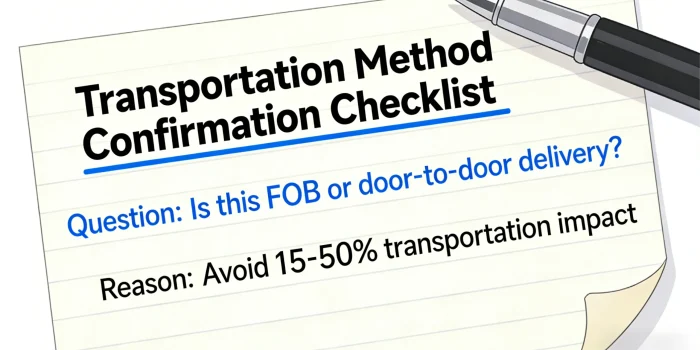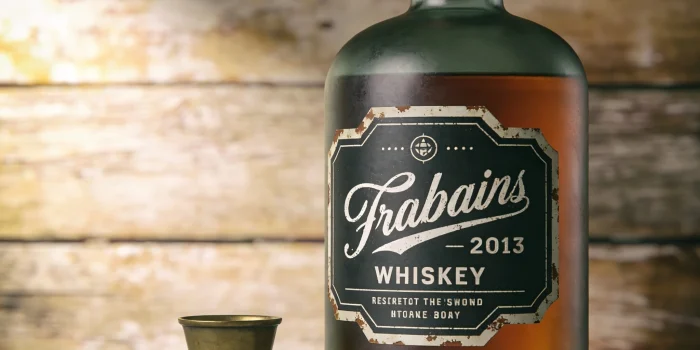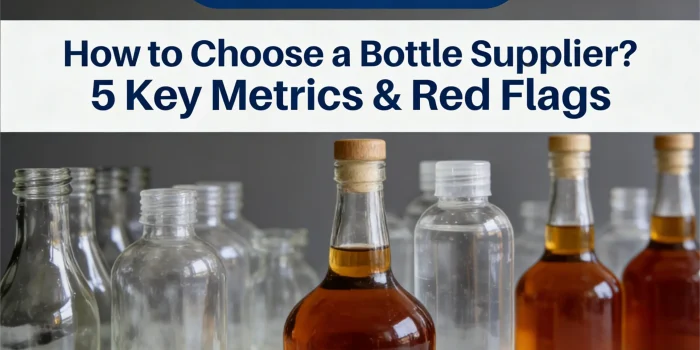That "great price" per bottle might not be…
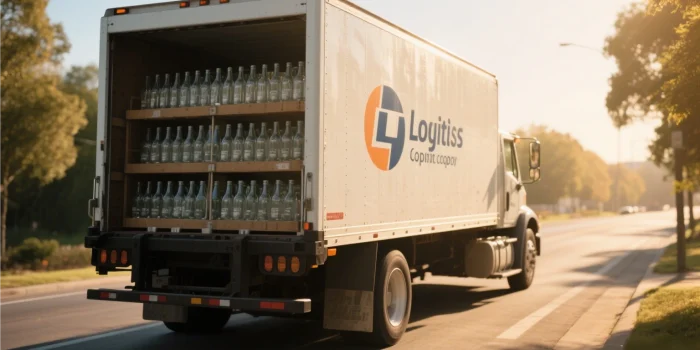
Lightweight Glass Bottles: Reducing Shipping Costs Without Sacrificing Quality
Lightweight Glass Bottles: Reducing Shipping Costs Without Sacrificing Quality
In today’s competitive business world, finding ways to cut costs while maintaining product quality is a top priority for many companies. For those in industries that rely on glass packaging—such as food, beverages, and cosmetics—Lightweight Glass Bottles have emerged as a game-changer. These innovative containers offer a smart solution to one of the biggest challenges in the supply chain: high shipping costs. Let’s explore how they work and why they’re becoming a favorite among brands.
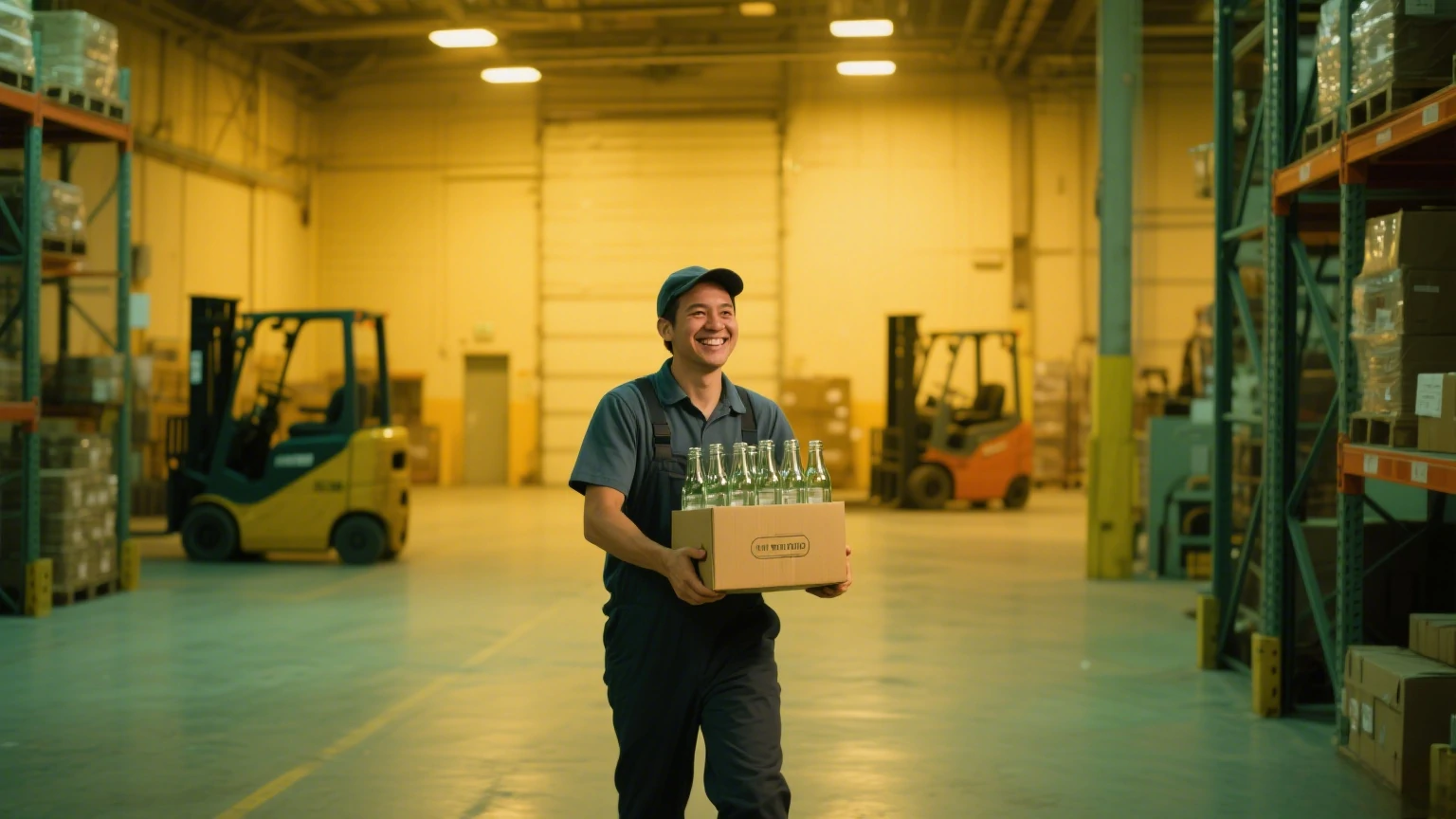
A range of Lightweight Glass Bottles for different products, from beverages to cosmetics.
What Are Lightweight Glass Bottles?
Lightweight Glass Bottles are exactly what their name suggests: glass containers that are designed to be lighter than traditional glass bottles, but without losing their strength or functionality. Manufacturers achieve this by using advanced glassmaking techniques to reduce the thickness of the glass in non-critical areas, while keeping the structural integrity intact. For example, a standard 500ml glass bottle might weigh 200 grams, but a lightweight version could weigh 150 grams or less. This small difference adds up significantly when shipping thousands of units.
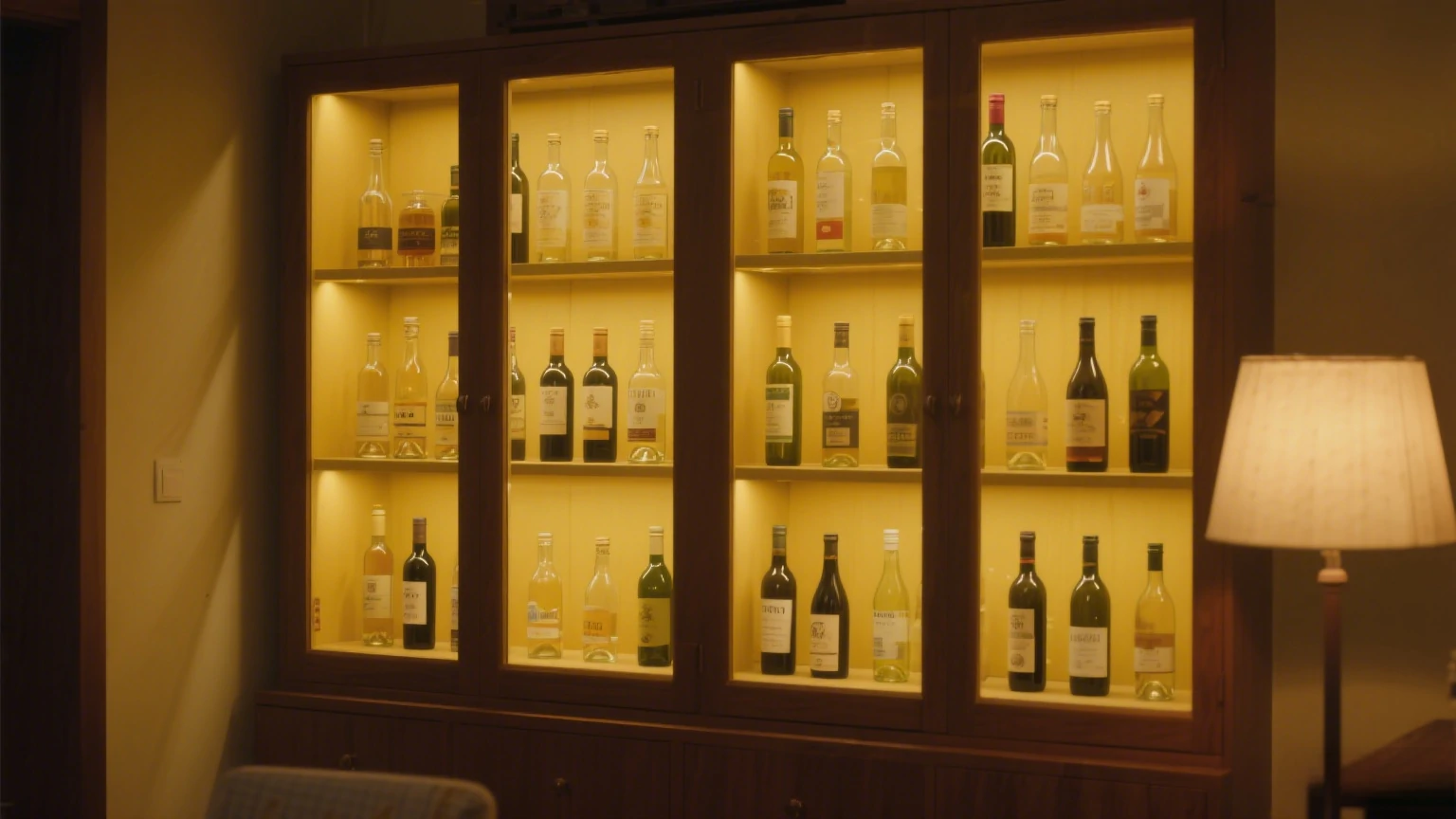
How Lightweight Glass Bottles Cut Shipping Costs
Shipping costs depend heavily on two factors: weight and volume. Lightweight Glass Bottles tackle both.
First, their reduced weight means lower fuel consumption for trucks, ships, or planes. A truck carrying 10,000 lightweight bottles will use less fuel than one carrying the same number of heavier traditional bottles. Over time, this leads to big savings on transportation bills.
Second, many lightweight designs are also more compact. They fit better in boxes and shipping containers, allowing companies to pack more bottles per shipment. This reduces the number of trips or containers needed, further lowering costs.
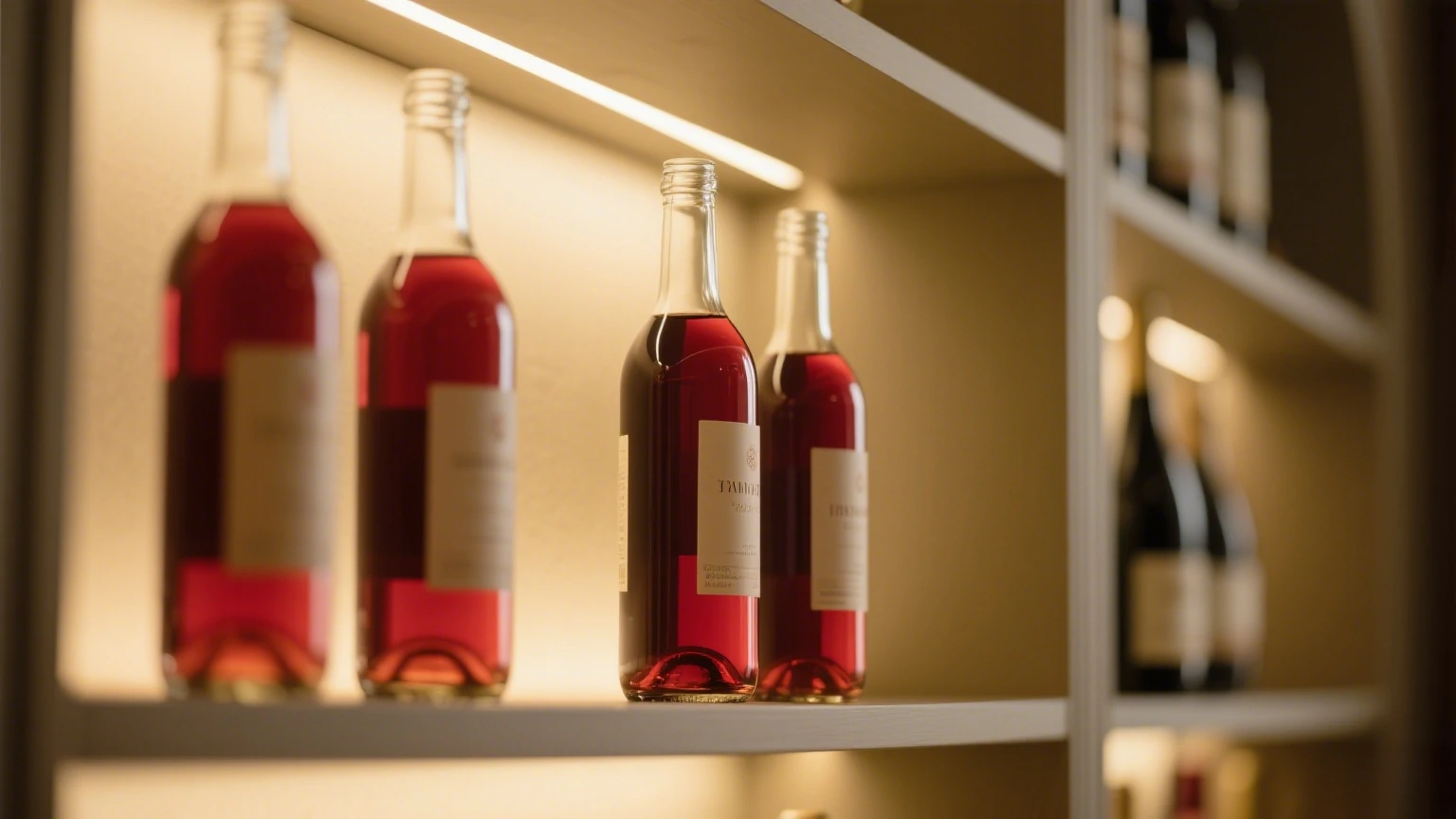
A delivery truck carrying Lightweight Glass Bottles, which reduces fuel usage.
Do They Compromise on Quality?
One common concern about Lightweight Glass Bottles is whether their lighter weight means they’re more likely to break or less effective at protecting the product. The good news is that modern manufacturing has solved this problem.
Manufacturers use stronger types of glass and precision engineering to ensure the bottles are just as durable as traditional ones. They undergo rigorous testing, including drop tests and pressure tests, to make sure they can withstand the bumps and jolts of shipping. Additionally, they still provide the same benefits of glass packaging—like being impermeable to air and moisture, which keeps products fresh for longer.

A Lightweight Glass Bottle being tested for durability with a drop test.
Benefits Beyond Cost Savings
While reducing shipping costs is a major advantage, Lightweight Glass Bottles offer other benefits too.
For starters, they’re more environmentally friendly. Lighter bottles require less energy to produce and transport, which lowers carbon emissions. This aligns with the growing consumer demand for sustainable packaging, helping brands build a greener image.
They also make handling easier for both businesses and customers. Lighter bottles are less likely to cause strain for warehouse workers during packing and unpacking. For consumers, they’re more convenient to carry, especially for larger sizes like 1-liter beverage bottles.

A warehouse worker finding it easy to move a box of Lightweight Glass Bottles.
Which Industries Can Benefit Most?
Nearly any industry that uses glass packaging can gain from Lightweight Glass Bottles, but some stand to benefit more than others.
Beverage companies, such as those producing wine, beer, or soft drinks, ship large volumes of bottles regularly. The weight savings from lightweight designs can lead to massive reductions in their shipping budgets.
Food brands that use glass jars for jams, sauces, or pickles also see benefits. Even cosmetics companies, which often use small glass bottles for perfumes or serums, can lower shipping costs when sending bulk orders to retailers.

Lightweight Glass Bottles used in beverage, food, and cosmetics industries.
Is It Time to Switch to Lightweight Glass Bottles?
If your business uses glass packaging and shipping costs are eating into your profits, Lightweight Glass Bottles are worth considering. They offer a simple, effective way to reduce expenses without sacrificing the quality or safety of your products.
Many leading brands have already made the switch and are reaping the rewards—from lower transportation bills to a more sustainable reputation. With advancements in glass technology, there’s no longer a trade-off between weight and performance.

In short, Lightweight Glass Bottles prove that sometimes, less really is more—more savings, more efficiency, and more value for your business.

